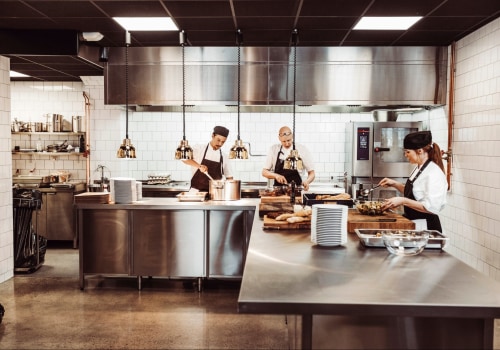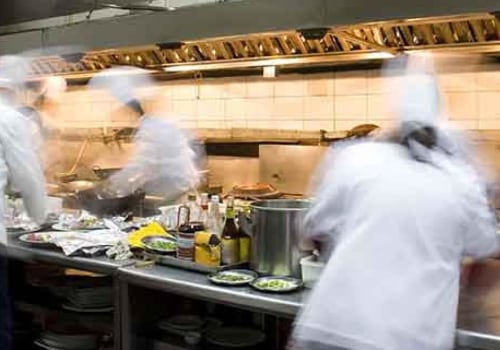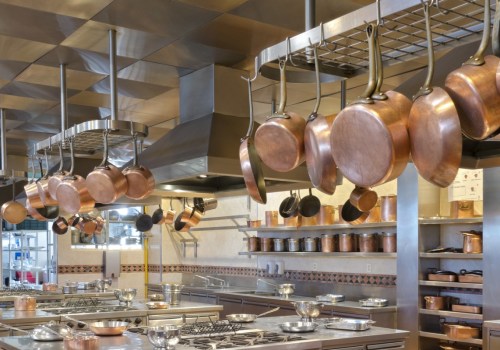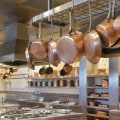Cheaper overhead costs, data-based information and flexible concepts are all advantages of operating a ghost restaurant. On the other hand, the lack of control over third-party delivery services and the reduction of contact points between the customer and your restaurant are obstacles to consider. Ghost restaurants are food concepts without service windows, counters or dining rooms. The menu is prepared in a kitchen and is delivered by the company or by an external customer service.
Rick Camac, dean of hotel management at restaurant %26, explores this strategy, also known as dark kitchens, and its potential for sustainability, growth and profitability. Ghost kitchens are essentially restaurants without storefronts. There are no spaces for customers to eat and the kitchen itself is usually small. The concept is relatively new in the culinary world and revolves around a kitchen and a chef or chefs who prepare food that is available at home.
However, while this allows cloud kitchens to access a wider market, it also has some negative consequences. American food aggregators such as DoorDash, Grubhub, etc., charge a commission of 15 to 30% on the total value of the order. Therefore, the high rates that kitchens pay to delivery partners reduce a very small margin. Although the ghost kitchen model has a lot of advantages, there are still some drawbacks.
The absence of a storefront means that there is no additional marketing value; the markup focuses solely on meals. In addition, when you advertise online, you compete with a wider selection of brands than you would sell in a physical store. Having a strong presence on social media, as well as investing in search and display ads, are key factors that determine the success of ghost kitchens. Using the right type of VK SaaS for your ghost kitchen is important for both exposure and profitability.
Ghost kitchens, on the other hand, support multiple restaurant concepts, which are also called virtual brands. Ghost kitchens also have a clear advantage, since they serve a large fan base of this generation, since they work online. The hidden costs of running a ghost kitchen are often overlooked when they really should be on the minds of homeowners. The possibility for merchants to use this concept as a means of increasing their profit margin has led to the widespread popularity of ghost kitchens in the United States.
Ghost kitchens offer an excellent opportunity to acquire new sales channels, without having to commit to a large-scale restaurant. The basic idea behind ghost kitchens is to offer customers the best possible quality food at the lowest possible cost. Ghost kitchens are perfectly adapted to the current scenario, as they are the most efficient and cost-effective food service.







